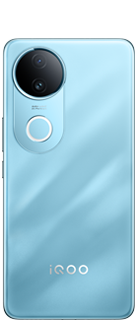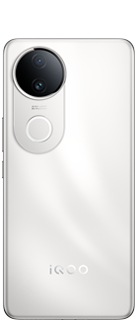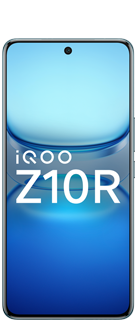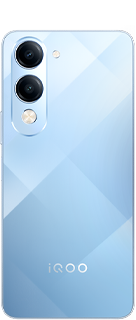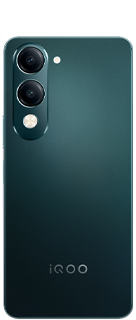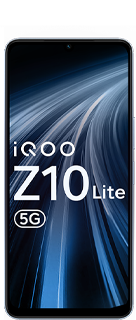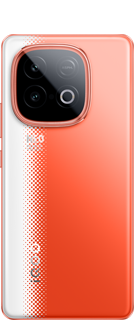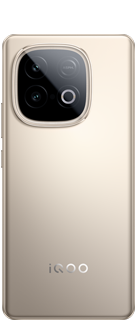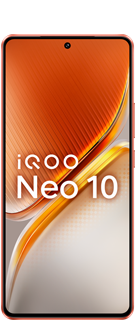Snapshots vs. Masterpieces: Mobile Photography vs. Camera Photography
The ubiquitous camera phone has revolutionized how we capture memories. But how does it stack up against dedicated cameras?
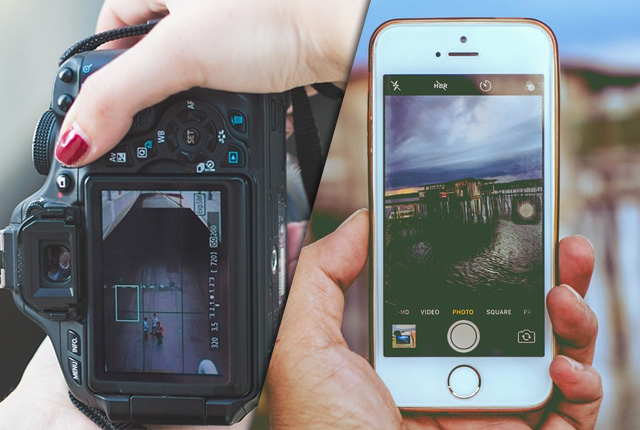
Let's delve into the key differences between mobile and camera photography.
Image Quality:
The biggest differentiator lies in the hardware. Camera phones boast impressive technology for their size, but they're limited by tiny sensors compared to dedicated cameras. These smaller sensors capture less light, resulting in lower image quality, especially in low-light situations. Photos from dedicated cameras often have better detail, sharper focus, and less noise (grain).
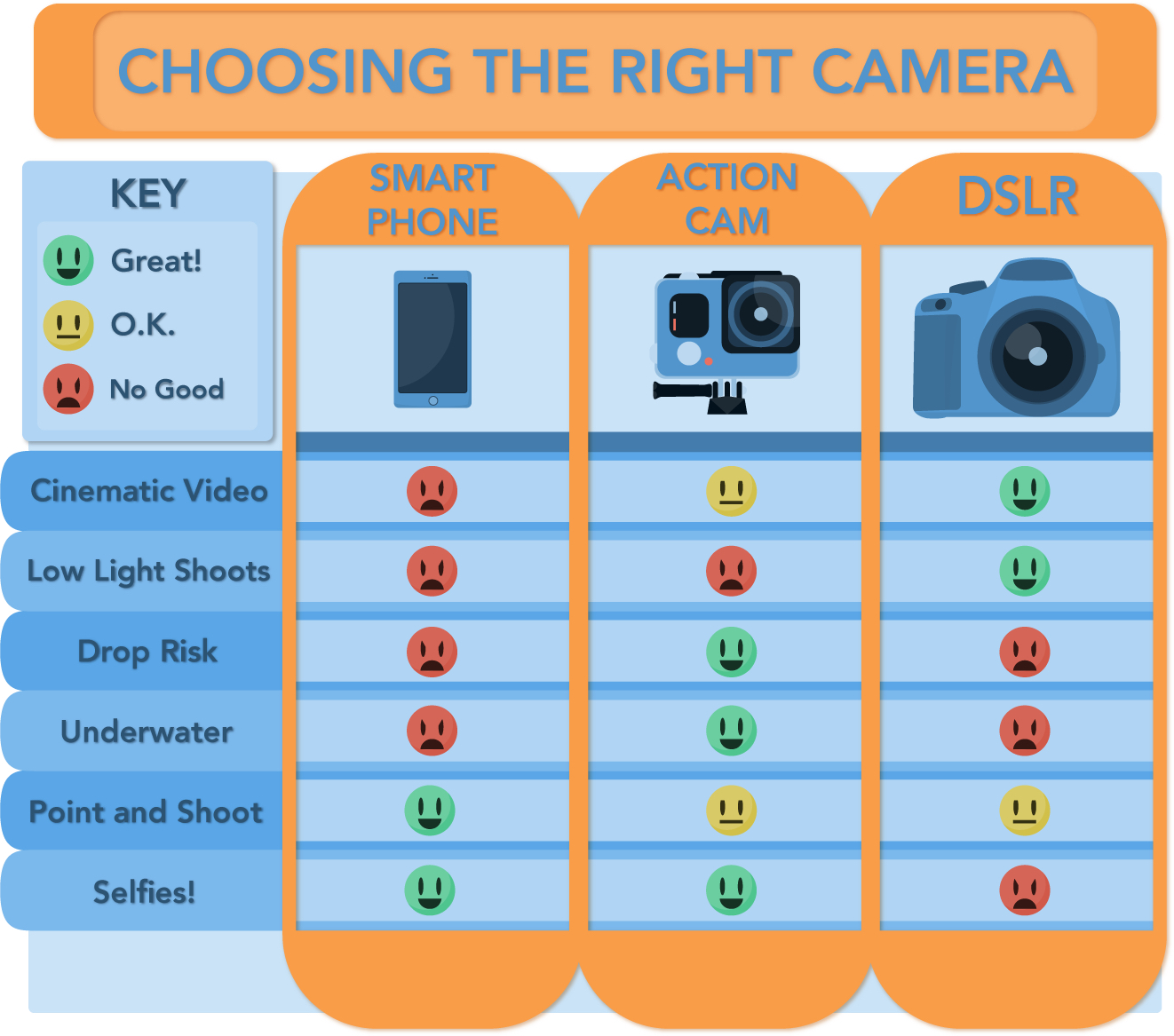
Control and Flexibility:
Dedicated cameras offer unparalleled control over the photographic process. You can swap lenses for different focal lengths (wide, telephoto), adjust aperture (background blur) and shutter speed (motion blur), and tinker with manual settings for creative effects. Mobile photography relies more on computational photography (software processing) to achieve effects, limiting creative control.
Form Factor and Convenience:
Mobile phones win hands down in terms of portability and convenience. They're always with you, ready to capture fleeting moments. Dedicated cameras require carrying an extra bag and setting them up before shooting. However, their bulkier bodies often translate to better ergonomics and image stabilization for sharper handheld shots.
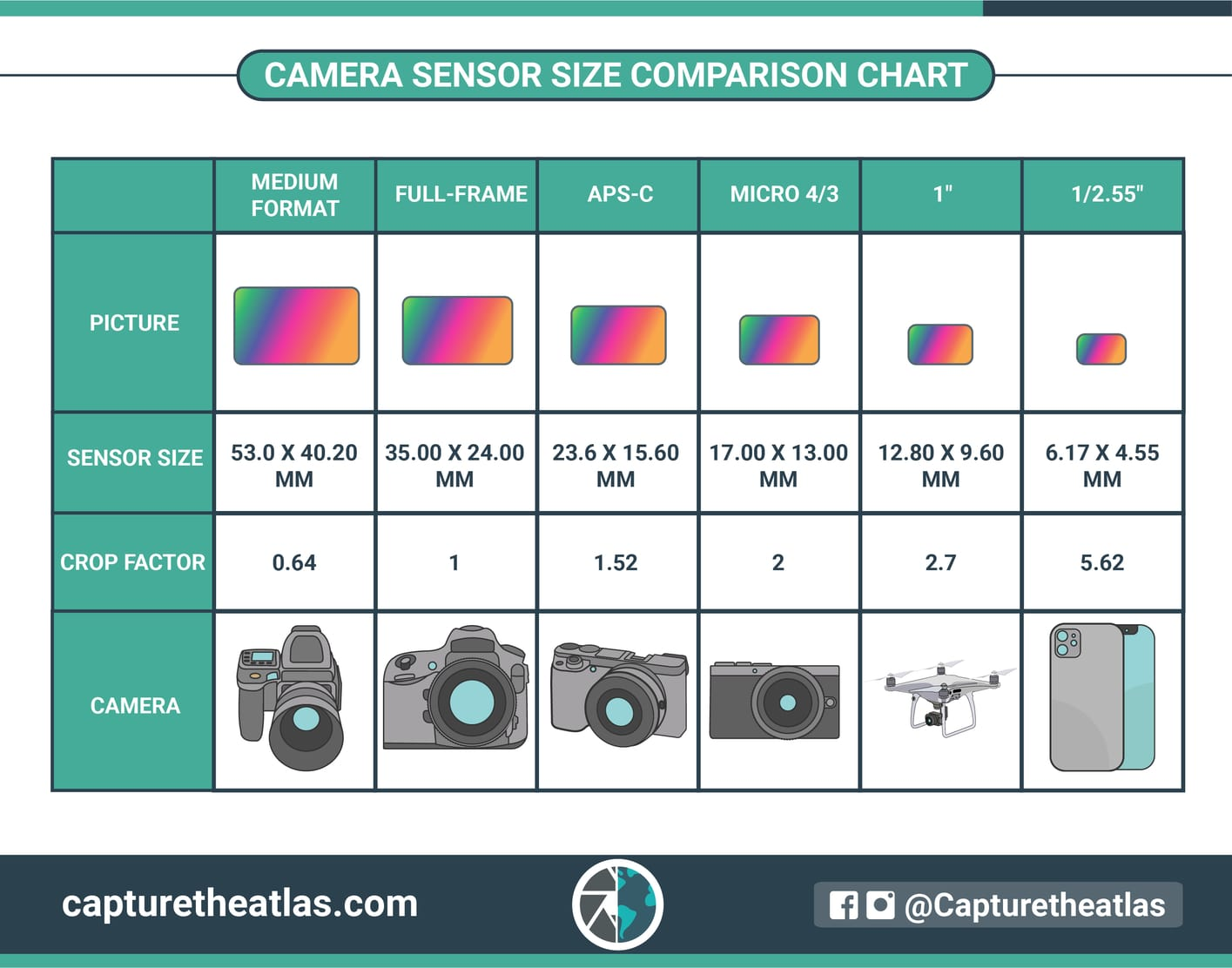
Editing and Sharing:
Mobile photography excels in the post-capture stage. Most smartphones come with built-in editing tools and seamless integration with social media platforms, allowing for instant edits and sharing. Dedicated cameras require transferring photos to a computer for editing and sharing, adding an extra step to the process.
Who is it For?
Mobile photography is perfect for casual users who prioritize convenience and sharing. It's ideal for capturing everyday moments, social media content, and travel snapshots. Dedicated cameras cater to photography enthusiasts and professionals who crave superior image quality, creative control, and the ability to capture specific types of photos (portraits, sports action, wildlife).
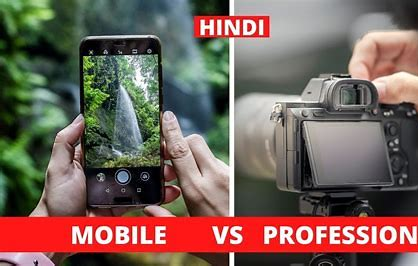
The Perfect Blend:
The good news? These categories aren't mutually exclusive. Mobile photography is constantly evolving, and high-end phones can produce stunning results. Many camera manufacturers offer apps for remote control and image transfer, bridging the gap between the two worlds. Ultimately, the best camera is the one you have with you, and both phones and dedicated cameras have their own strengths to capture the world around you.
Please sign in
Login and share
